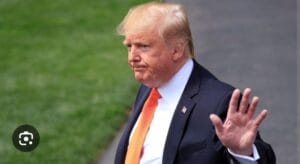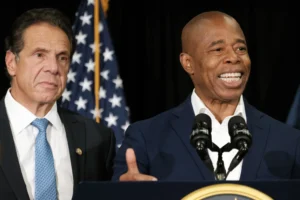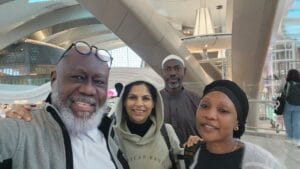Morocco: Central Bank charts path to loosen dirham peg by 2026
The Central Bank of Morocco, Bank Al-Maghrib, has announced plans to loosen the dirham’s peg to a basket of euros and US dollars by 2026.

The Central Bank of Morocco, Bank Al-Maghrib, has announced plans to loosen the dirham’s peg to a basket of euros and US dollars by 2026. Governor Abdellatif Jouahri revealed this strategy during the International Monetary Fund and World Bank annual meetings in Washington.
According to Jouahri, the central bank is “technically ready” for this transition, with a comprehensive plan already in development. He emphasized that Moroccan banks are equipped to navigate the upcoming changes. This initiative marks a pivotal step in Morocco’s gradual reform process towards a market-determined currency, which had been stalled due to the pandemic.
However, the governor cautioned that the shift requires careful oversight and time, particularly for the small and medium enterprises that constitute the backbone of the Moroccan economy. He noted, “over 80% of companies in Morocco are very small and are not sufficiently prepared for exchange rate risks,” prompting the central bank to adopt a measured approach despite pressure from the IMF.
Morocco initiated its exchange rate liberalization in 2018, introducing a fluctuation range of 2.5% from a rigid 0.3%. This range expanded to 5% in 2020 while maintaining the dirham’s linkage to a basket comprising 60% euros and 40% dollars. The next step involves fully delinking the dirham from this basket, a reform that Jouahri acknowledged would not be straightforward. He explained that it would necessitate adjustments to the key interest rate two to three times a year, stating, “This is not a simple reform…the central bank will bear great responsibility and put its credibility at stake.”
Despite inflation dipping below target levels, the central bank remains cautious due to uncertainties in the Middle East, the Ukraine conflict, and the upcoming U.S. elections. Following a recent reduction of the key interest rate from 3% to 2.75% in June, the rate was maintained in September. Jouahri expressed optimism regarding inflation control, projecting an annual rate between 1.1% and 1.3% by year-end, thanks to proactive monetary policy and government measures aimed at stabilizing essential goods supply.
Looking ahead, Morocco is poised to issue bonds in the international market by year-end or early next year, contingent on a decline in global interest rates. Notably, the kingdom’s gold reserves have remained stagnant at 22 tons for decades, as Jouahri explained that Morocco has opted not to follow other nations in boosting gold holdings, given its foreign exchange reserves stand at approximately $30 billion.
Additionally, the central bank has been drafting legislation to regulate central bank digital currency and cryptocurrencies, with support from the World Bank and IMF. Jouahri revealed that the draft law on cryptocurrencies is ready and awaiting government approval to move to parliamentary discussions. The central bank is also exploring the introduction of a digital dirham to enhance financial inclusion, particularly for citizens without banking access, amid concerns that cash circulation in Morocco represents a staggering 28% of GDP, exceeding $40 billion by the end of last year.
As Morocco embarks on this ambitious economic journey, the implications of loosening the dirham peg are set to resonate across the regional financial landscape, potentially reshaping the nation’s monetary policy framework and economic resilience.













